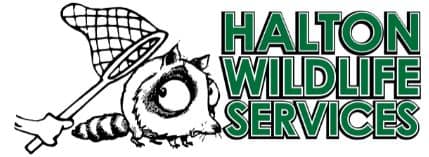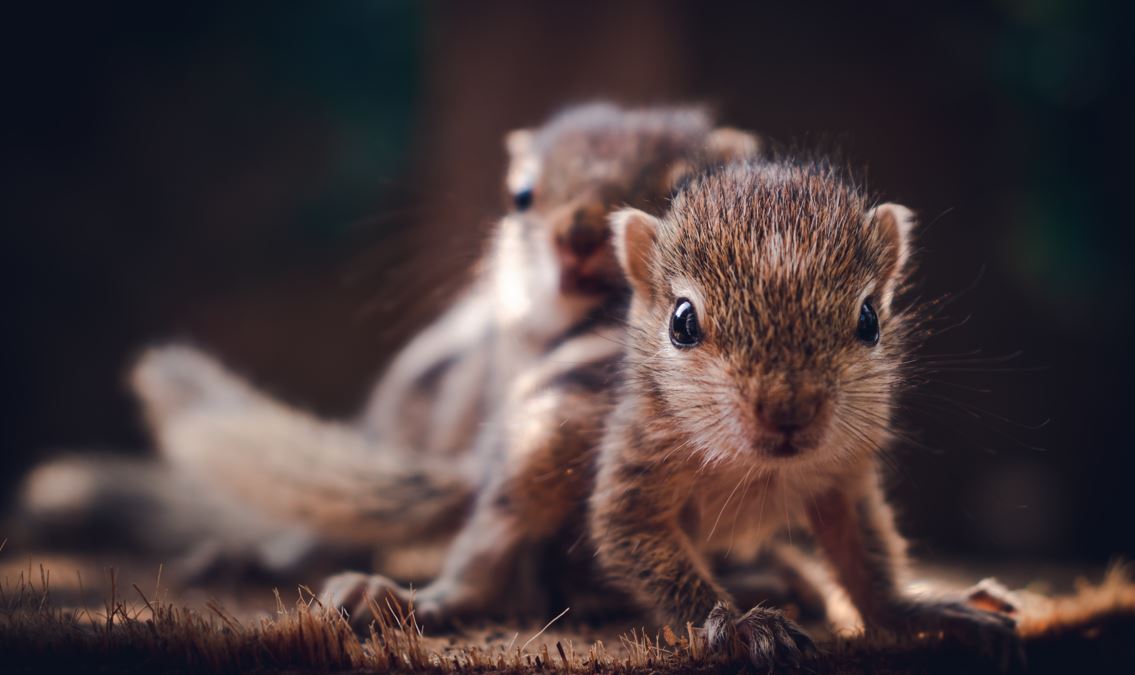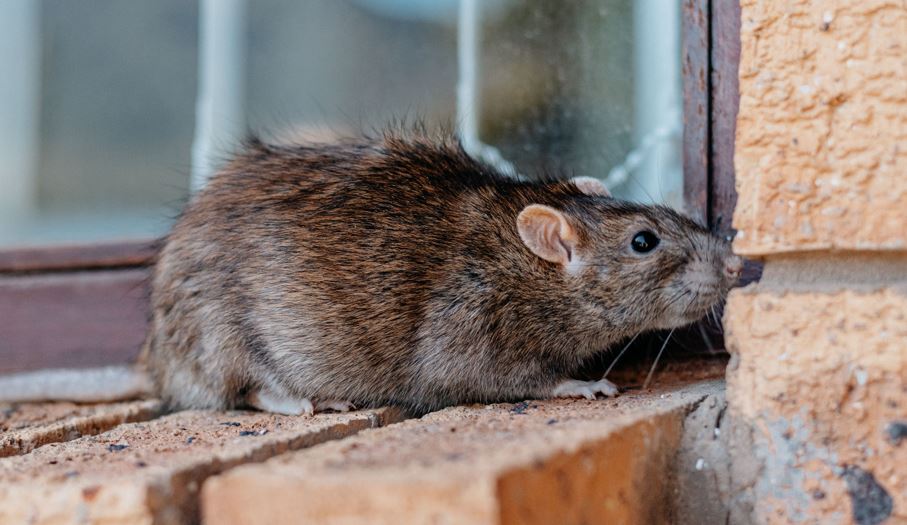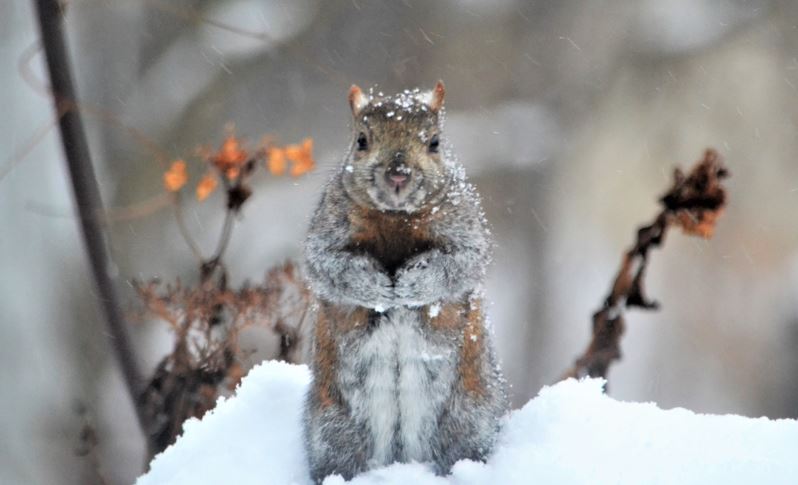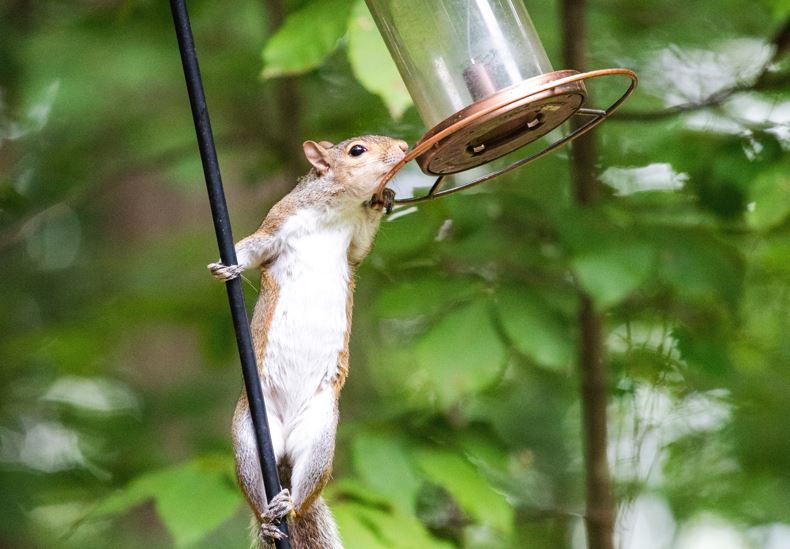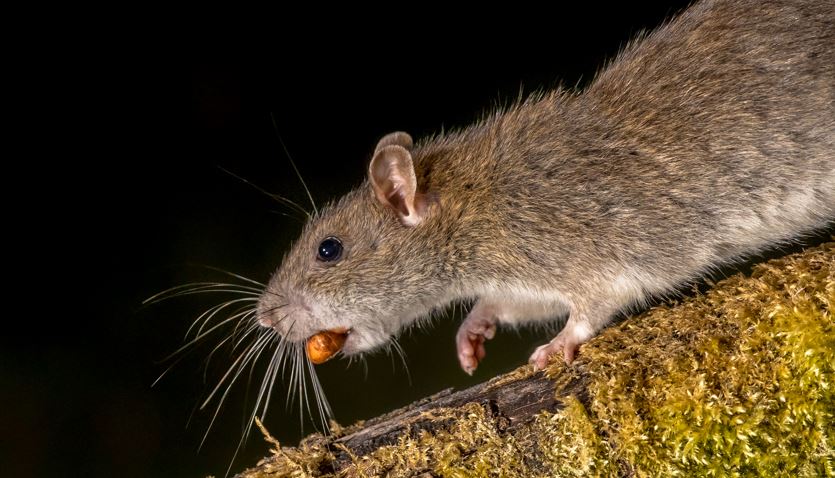As the vibrant colors of spring emerge and the weather warms, it’s not just flowers and trees that come to life – wildlife also experiences a surge in activity. Spring is the season of birth for many animals, leading to increased sightings and potential encounters with wildlife around your home. However, along with the joy of new life, spring also brings challenges, particularly in the form of wildlife seeking refuge in human habitats. Yes, it’s the dreaded baby season when wild animals have a will to invade your home. Here we explore why certain animals are drawn to infiltrate homes during the spring baby season, the potential harm they can cause, and crucial tips for prevention and humane wildlife removal.
If you’re in Burlington, Oakville, Milton or surrounding areas and are having problems with wildlife entering your home, call the experts at Halton Wildlife Services. We’re your local experts working to get animals out of your home, and keep them out – on budget!
Why Spring Babies Seek Refuge in Homes
Spring marks the onset of the breeding season for numerous wildlife species. Animals such as raccoons, squirrels, bats, and birds are among the most common culprits seeking shelter in residential properties during this time. These creatures are driven by instinctual impulses to find safe and secure locations to give birth and raise their offspring. Unfortunately, human dwellings often provide the ideal conditions for nesting and rearing young due to their sheltered and relatively predator-free environments.
- Raccoons: Known for their adaptability and resourcefulness, raccoons are notorious for seeking out cozy spots to birth and nurture their young. Attics, crawl spaces, and chimneys are prime targets for these masked bandits during the spring months.
- Squirrels: Agile and nimble, squirrels are skilled climbers that may take advantage of openings in roofs or eaves to establish nests for their babies. Attics and tree hollows are favored locations for squirrel mothers to raise their young.
- Bats: With their ability to squeeze through tiny openings, bats may find their way into homes through gaps in rooflines, vents, or cracks in siding. Dark and secluded areas like attics provide ideal roosting sites for bat colonies during the spring breeding season.
- Birds: Certain bird species, such as sparrows and starlings, may build nests in vents, chimneys, or attic spaces. These nesting sites offer protection from predators and the elements, making them attractive options for bird parents during spring.
The Potential Harm and Damage Caused by Wildlife Intruders
While the sight of adorable spring babies may evoke feelings of warmth and compassion, the presence of wildlife in your home can pose significant risks and challenges. Wildlife intruders can cause a range of problems, including:
- Property Damage: Animals seeking shelter in homes can cause extensive damage to structures, insulation, wiring, and belongings. Chewed wires increase the risk of electrical fires, while gnawed wood and insulation compromise the integrity of buildings.
- Health Risks: Wildlife infestations can introduce disease-causing pathogens, parasites, and allergens into the indoor environment. Raccoons and bats, in particular, are associated with diseases such as rabies and histoplasmosis, which can pose serious health risks to humans and pets.
- Noise and Disturbance: The presence of nesting wildlife can result in disruptive noises, especially during the night when animals are most active. Scurrying, scratching, and vocalizations from animals can disturb sleep and cause stress for homeowners.
- Foul Odors and Mess: Accumulated droppings, urine, and debris from nesting materials can emit unpleasant odors and attract insects and other pests. Cleanup efforts can be challenging and may require professional assistance to ensure thorough removal and sanitation.
Tips for Prevention and Humane Wildlife Removal
Preventing wildlife intrusions into your home is key to avoiding the associated damage and risks. Here are some effective strategies for keeping wildlife at bay:
- Seal Entry Points: Inspect your home for any gaps, cracks, or openings that could serve as entry points for wildlife. Seal gaps around vents, pipes, and rooflines using durable materials like steel mesh or caulk to prevent animals from gaining access.
- Trim Vegetation: Keep trees and shrubs trimmed away from the perimeter of your home to reduce potential pathways for wildlife to enter. Overhanging branches can provide easy access for squirrels and other climbers.
- Secure Trash Bins: Properly secure trash bins with tight-fitting lids to deter raccoons and other scavengers from rummaging through garbage in search of food.
- Install Chimney Caps and Vent Covers: Use chimney caps and vent covers to prevent birds, bats, and other wildlife from entering through openings in chimneys, vents, and attics.
- Consult Wildlife Removal Experts: If wildlife has already gained access to your home, seek the assistance of licensed wildlife removal professionals. Humane removal methods ensure the safety and welfare of both animals and homeowners, while also addressing potential health and safety concerns.
Protect Your Home from Wildlife this Spring
Spring is a season of renewal and growth, but it also brings challenges for homeowners dealing with wildlife intrusions. By understanding why animals seek refuge in homes during the spring baby season, recognizing the potential harm they can cause, and implementing proactive prevention measures, you can protect your property and ensure the safety and well-being of both your family and local wildlife. Remember, when it comes to wildlife removal, entrusting the task to experienced professionals is essential for humane and effective outcomes.
